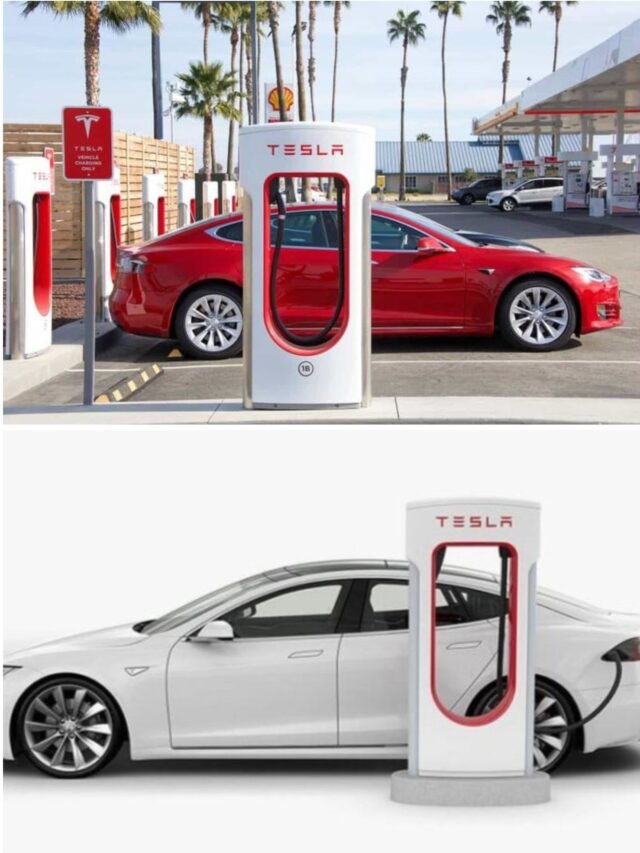Elon Musk sacked nearly every member of Tesla’s Supercharger platoon following a disagreement with a top functionary In a shocking move, Elon Musk lately fired nearly the entire Tesla Supercharger platoon following a disagreement with a top superintendent over proposed layoffs. This decision has significant counteraccusations for Tesla’s EV charging structure and has raised multitudinous questions about the company’s strategic direction and internaldynamics.

The Tesla Supercharger network is a critical asset for the company, known for its wide and effective charging stations that have been necessary in supporting Tesla’s electric vehicle line. The network consists of over 6,200 fast charging stations in theU.S. alone, contributing significantly to Tesla’s competitive edge in the EV request( ❞)( ❞). The conflict reportedly began when the head of the Supercharger division defied Musk’s directive to apply farther layoffs within the platoon.

This resistance led to Musk deciding to exclude nearly the entire platoon, including high- ranking directors. The decision came as a shock to numerous within the assiduity, considering the Supercharger network’s significance and the ongoing expansion plans that were in place( ❞)( ❞).

In response to the counterreaction, Musk has tried to justify the layoffs by emphasizing a need for cost reduction and a more effective functional model. He communicated through internal emails and public statements that the company needs to be “ absolutely hard- core about headcount and cost reduction ” to maintain its fiscal health and competitiveness( ❞).
The layoffs have stirred considerable concern among Tesla possessors and assiduity spectators. The Supercharger network, which has been a major selling point for Tesla vehicles due to its trustability and wide vacuity, now faces implicit detainments and spanning issues.
Tesla had plans to expand the network significantly, with an end to support the adding number of electric vehicles on the road, but the abrupt dismantling of the platoon raises dubieties about these expansion plans( ❞)( ❞). also, this move could have broader counteraccusations for the EV assiduity. Tesla has lately opened its Supercharger network tonon-Tesla electric vehicles, a significant step towards homogenizing charging structure across different manufacturers.
This action was seen as a way to promote EV relinquishment by making charging more accessible. still, the layoffs may decelerate down these sweats, impacting the broader EV request’s growth and consumer confidence( ❞). Despite the layoffs, Musk has comforted stakeholders that Tesla remains married to expanding the Supercharger network, albeit at a potentially slower pace.
Tesla had planned to expand the network greatly to support the increasing number of electric vehicles on the road, but the rapid disassembly of the platoon raises doubts about these growth plans(❞)(❞). This action may potentially result in larger counter-accusations for EV assiduity. Tesla recently extended its Supercharger network to non-Tesla electric vehicles, marking a big step towards standardising charging structures across manufacturers.
He has blazoned plans to invest$ 500 million into the network this time, fastening on adding the uptime and effectiveness of being stations rather than rapid-fire expansion. This strategic shift might help alleviate some immediate functional dislocations but could also gesture a more conservative approach to growth( ❞)( ❞). The fiscal impact of this decision is also noteworthy.
The Supercharger network has been a economic part of Tesla’s business, contributing significantly to its profit. Estimates suggest that Tesla generated around$1.74 billion from its charging network last time, with protrusions indicating this could rise to$7.4 billion annually by 2030( ❞)( ❞).
Disbanding the platoon that developed and managed this network could disrupt these profit aqueducts, affecting Tesla’s fiscalperformance.Industry judges have mixed views on Musk’s decision. Some see it as a necessary step to streamline operations and reduce costs in a grueling profitable terrain. Others view it as a parlous move that could undermine Tesla’s long- term strategic pretensions and its character for invention and trustability( ❞)( ❞).
